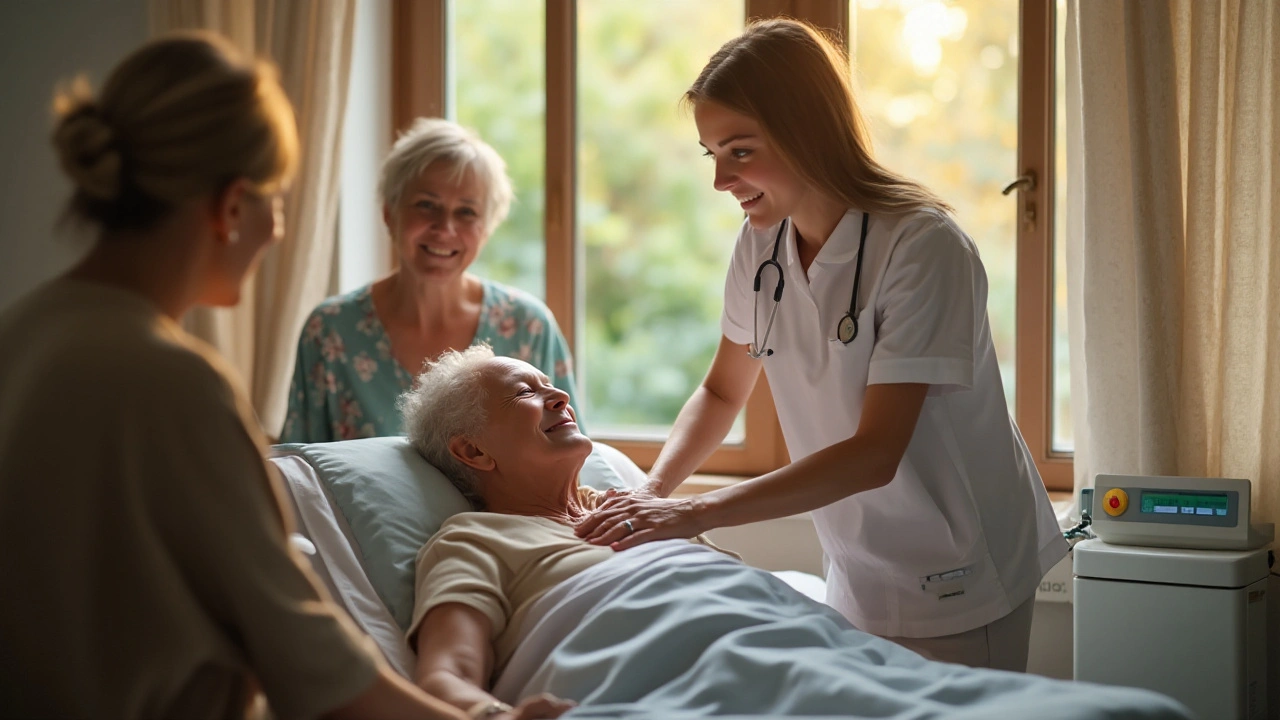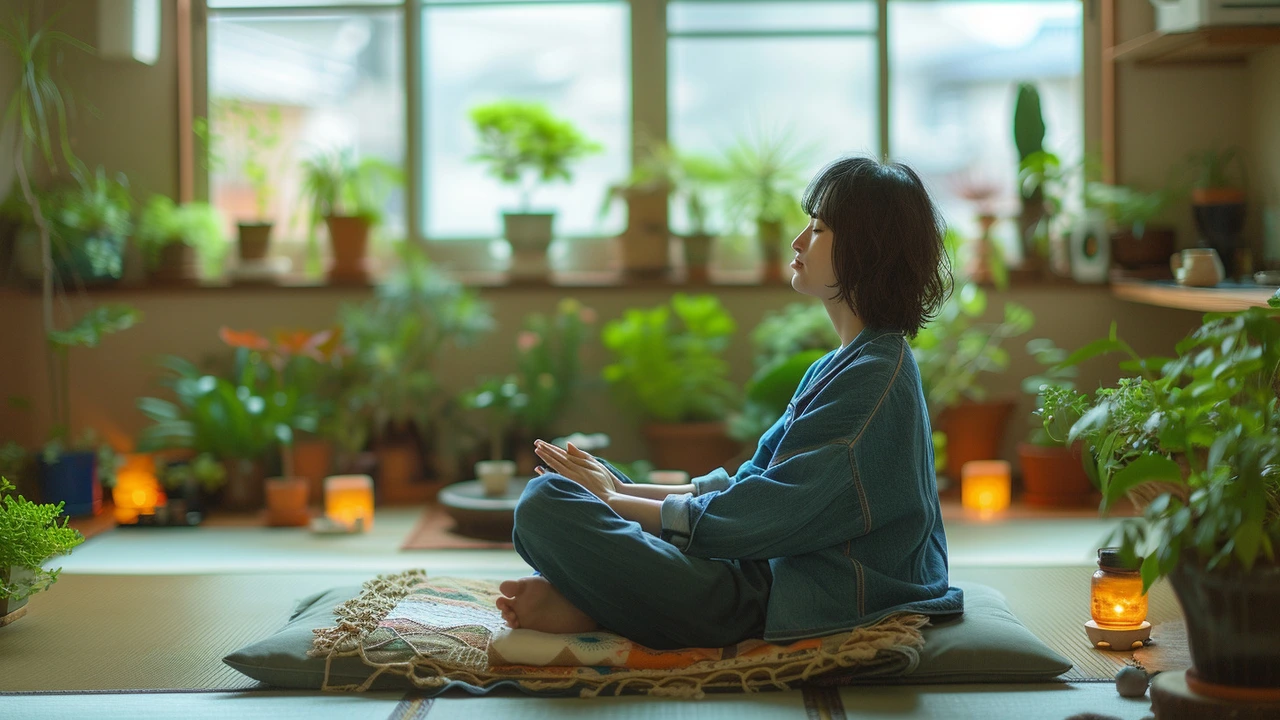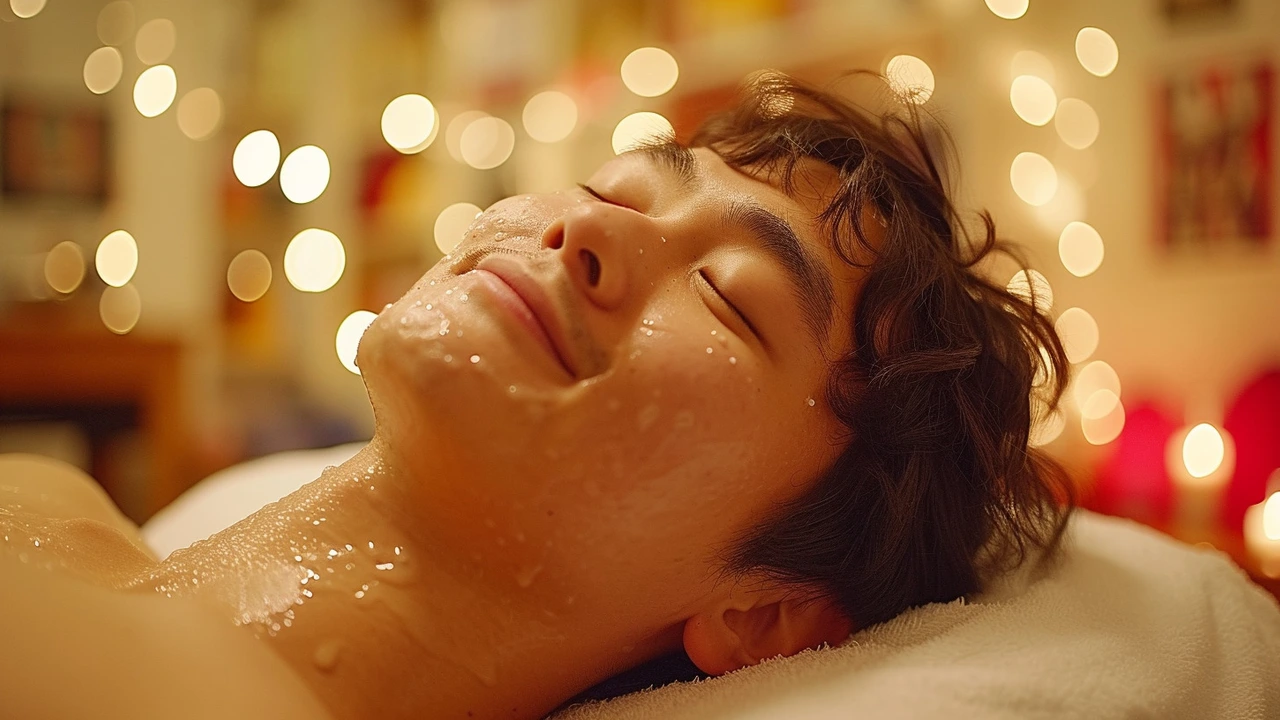Sports Massage and Performance: What Really Works?
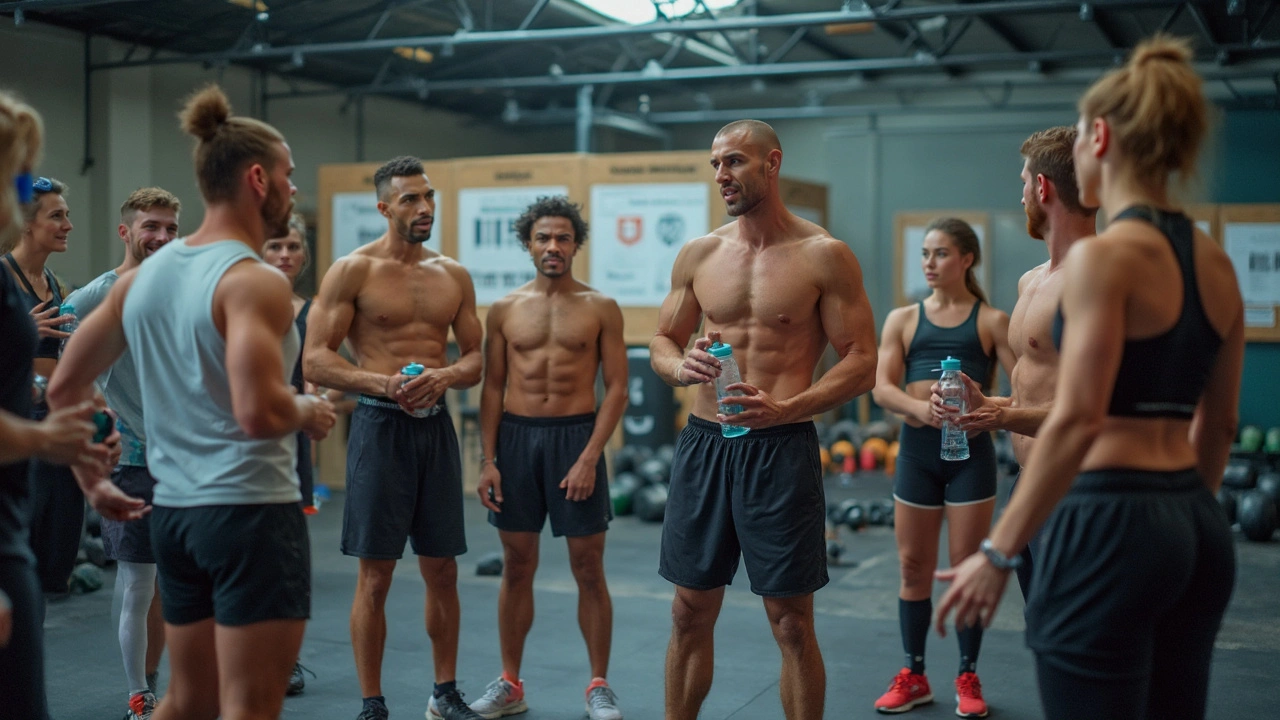
Sports massage shows up on nearly every pro athlete’s schedule, but is it really the game-changer people claim? Plenty of gym-goers and weekend warriors swear by it after a tough race or long training session. But here’s the thing—if you’re banking your entire performance or recovery plan on massage, you might want to press pause and read on.
A sports massage isn’t your average spa day. It’s supposed to target tight spots, loosen sore muscles, and help you bounce back faster. The tricky part? The internet’s full of bold claims, but most folks don’t know what’s actually proven to work. If your goal is to recover quicker, avoid injuries, and maybe squeeze out a little extra performance, understanding what sports massage can and can't do will save you time and money.
Let’s get into what’s real, what’s wishful thinking, and how you can get the best out of your next massage—if it’s truly worth your time at all.
- Cutting Through the Hype: What Is Sports Massage?
- How Sports Massage Affects Muscle Performance
- Real-World Gains: Athletes’ Experiences and What Studies Say
- Maximizing Results: Smart Tips for Using Massage
Cutting Through the Hype: What Is Sports Massage?
If you think sports massage is just a fancy back rub, you’re missing the point. It’s a hands-on treatment that keeps athletes in the game by focusing on overworked muscles, tight spots, and areas prone to injury. It isn’t just for pros—anyone who pushes their body hard can benefit.
So, what sets sports massage apart? The main thing is the goal. Regular massage might just help you relax. Sports massage is all about performance and recovery. Therapists use deep pressure, stretching, and sometimes special tools to:
- Break up muscle knots
- Reduce swelling and inflammation
- Boost blood flow to tired muscles
- Improve range of motion
- Target old injuries or prevent new ones
Depending on when you get it, sports massage comes in a few flavors:
- Pre-event: Quick session, wakes up muscles before a big game or race.
- Post-event: Calms things down, clears out waste products, fights soreness.
- Maintenance: Regular checkups to keep muscle problems from sneaking up.
Here’s a quick table showing what type of sports massage is used when, and what it’s supposed to help with.
| Type | When Used | Main Goal |
|---|---|---|
| Pre-event | 30 min-24h before activity | Prep muscles, boost circulation |
| Post-event | Immediately-48h after exercise | Reduce soreness, speed recovery |
| Maintenance | Weekly/bi-weekly | Prevent injuries, fix tightness |
These sessions aren’t random. Sports massage therapists need to know their stuff: anatomy, how muscles work, and even the demands of different sports. Unlike the “feels nice” kind of massage, these can be kinda intense. Sometimes it hurts a little, but not in a bad way—the goal is to get you moving better afterward.
Plenty of Olympic and professional athletes swear by it, not just for recovery, but also to spot trouble before it becomes a full-blown injury. You don’t need to be an elite athlete to take advantage—recreational runners, gym lovers, and cyclists can get the same perks.
How Sports Massage Affects Muscle Performance
So what actually goes on when you get a sports massage? Here’s the simple version: the therapist works on muscles, tendons, and tissues using specific hands-on techniques. The idea is to boost blood flow, flush out waste from your muscles, and calm down tight, sore spots. Sounds good, right? But what does the science say about these claims?
For starters, studies have shown that sports massage might not make you instantly stronger or faster. The big benefit is in recovery. For example, research from the Journal of Athletic Training found that people felt a decrease in muscle soreness (called DOMS) after getting a massage 24-48 hours post-workout. Basically, it won’t magically give you better stats overnight, but you’ll probably hurt less the next day.
One of the key perks of sports massage is improved flexibility. When tight muscles loosen up, you move better and can perform more fluidly. A 2017 study in the International Journal of Sports Physical Therapy showed a short-term improvement in range of motion after massage. This can matter most when you’re pushing for that extra rep or sprint at the finish.
People also talk about better circulation, but let’s be real: it’s not like getting a superpower. Massage increases blood flow in the skin, and maybe slightly in the muscle, helping deliver nutrients and take away by-products like lactic acid. Don’t expect it to flush out every ounce of soreness instantly, though. It’s a piece of the puzzle, not the whole solution.
| Effect | What Studies Show |
|---|---|
| Muscle Soreness | Decreased DOMS after intense workouts |
| Strength and Power | No clear boost—doesn’t make you stronger right away |
| Flexibility/Range of Motion | Short-term improvement, especially right after massage |
| Circulation | Temporary bump in blood flow; helps transport nutrients |
If you want to use sports massage for performance, treat it as a recovery tool, not a miracle cure. The real benefit? Less post-workout discomfort, a little more flexibility, maybe catching injuries early before they knock you out for a few weeks.
- Go for massage after hard workouts to cut down soreness.
- If you notice any lingering tight spots, ask your therapist to focus there—it can help with range of motion.
- Squeezing in a short massage pre-event isn’t going to make you run faster, but it could ease the jitters and help you feel more relaxed.
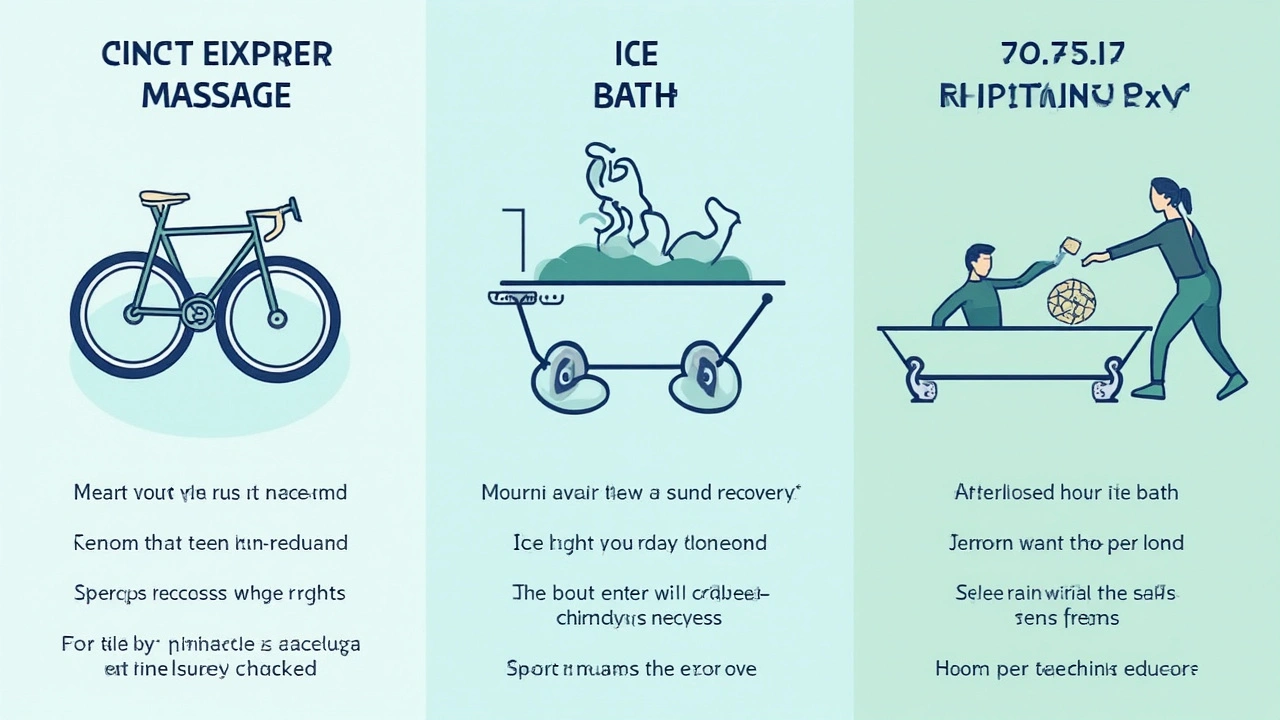
Real-World Gains: Athletes’ Experiences and What Studies Say
If you talk to athletes, most have tried sports massage at some point. Some pro runners swear it keeps them from getting sidelined, while football players book weekly sessions for heavy legs. But does massage really change the outcome on game day?
Let’s look at what people notice: after a decent massage, most folks feel less tight and move easier. In a survey of over 300 endurance athletes published in the Journal of Sports Sciences in 2021, about 65% said massage cut their muscle soreness, and 60% felt it gave them more range of motion right after. That said, these effects often last for just a few hours or maybe a day—not a total fix.
How does all this stack up in research? Plenty of studies measure things like sprint speed, jump height, or strength after massage sessions. The truth? Massage usually doesn’t make you run faster or jump higher right after, according to a 2022 meta-analysis of 29 research papers. But it does help with how you feel. Massage can noticeably drop your perceived soreness (DOMS) and help you relax before competition. That’s why so many teams and coaches still book therapists before and after games.
| Benefit Studied | Research Finding |
|---|---|
| Muscle Soreness (DOMS) | Consistently reduced for up to 48 hours |
| Flexibility & Range of Motion | Boosted temporarily (1-2 days) |
| Strength, Power, Speed | No reliable immediate improvement |
| Relaxation & Perceived Recovery | Regular improvements noted |
If you’re eyeing massage for quick muscle recovery or just to feel looser, it’s solid. But don’t expect this to magically grow your squat or shave seconds off your sprint. The real perk? A lot of athletes sleep better and feel physically ready for the next session, and that little confidence bump before competition isn’t nothing. Couple this with other smart recovery habits, and you’ll likely get the most bang for your buck.
Maximizing Results: Smart Tips for Using Massage
So, you’ve decided to go for a sports massage, but you want it to do more than just feel nice for a few hours. Here’s how to get the most bang for your buck and actually see better performance or easier recovery.
- Pick the Right Time: Most folks get the best results when they schedule a massage after a heavy training session instead of right before a big event. If you do it right before competition, you risk feeling a bit sluggish. Most studies say post-exercise is prime time, especially within 24 hours after you finish.
- Tell Your Therapist What You Need: Don’t sit there quietly. Let them know about your training goals and sore spots. Sports massage is different from relaxing spa therapy—your input helps them target the right areas.
- Combine With Other Recovery Tactics: Massage does help with soreness, but it won’t fix everything. Staying hydrated, sleeping well, and working on mobility go a long way. When you mix and match, recovery is faster and more complete.
- Keep It Regular, Not Random: Getting a massage just once in a blue moon probably won’t change your performance much. A weekly or bi-weekly session works better for people training hard several times a week.
Your session length matters too. Most experts suggest 30–60 minutes for serious muscle groups. If you’re only dealing with minor aches, a quicker 15–20-minute session can also do the trick.
| Massage Frequency | Perceived Recovery (1–10) |
|---|---|
| Once monthly | 5.6 |
| Twice monthly | 7.1 |
| Weekly | 8.3 |
Not every soreness needs a pro’s touch. For minor tightness or quick post-workout maintenance, foam rollers and massage guns can step in. They aren’t as thorough, but they’re cheaper and easy to use at home.
Last tip: if you’ve got a medical condition or chronic injury, clear it with your doctor first. Sports massage is safe for most people, but it isn’t magic. It works best when it’s part of a bigger game plan that includes all your basic recovery pillars.



